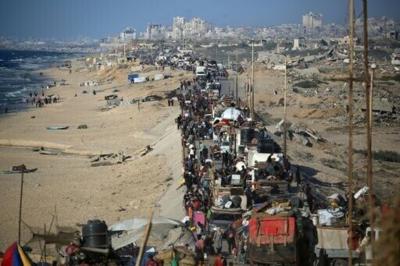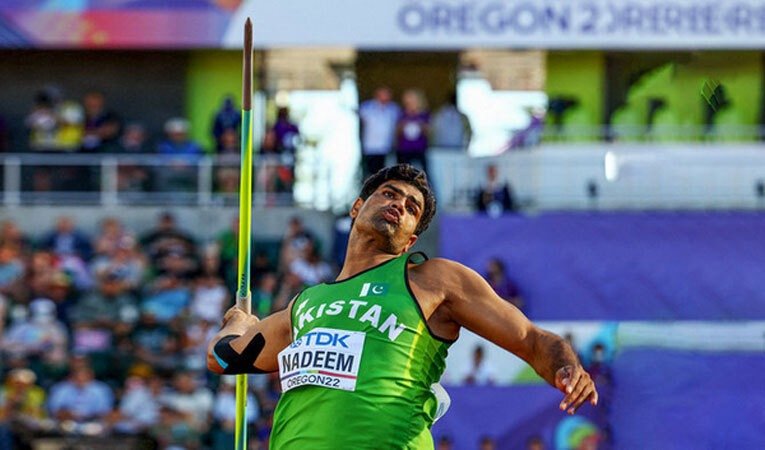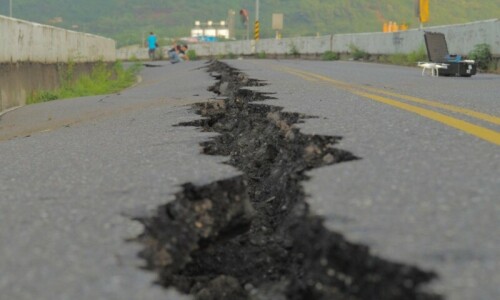Israel opens new Gaza City route as death toll crosses 65,000
By Muhammad MubashirPublished On 18 Sep 2025

Hundreds of thousands of people are sheltering in the city and many are reluctant to follow Israel’s orders to move south because of dangers along the way, dire conditions, a lack of food in the southern area and fear of permanent displacement.
“Even if we want to leave Gaza City, is there any guarantee we would be able to come back? Will the war ever end? That’s why I prefer to die here, in Sabra, my neighbourhood,” Ahmed, a schoolteacher, said by phone.
At least 63 people were killed by Israeli strikes and gunfire across the Gaza Strip on Wednesday, with most of the casualties in Gaza City, local health authorities said.
They said the latest fatalities took the Palestinian death toll from the two-year war between Israel and Hamas past 65,000. Palestinian officials and rescue workers say the true figure is likely higher as many remains are trapped under the rubble of destroyed buildings.
Among those killed were 13 people, including local TV journalist Mohammad Alaa Al-Sawalhi, who medics said were complying with the order to leave Gaza City.
Another five people were killed and dozens wounded by Israeli gunfire near an aid site in Rafah, local health officials said. The Israeli military said troops had fired warning shots to remove an “immediate threat.”
The war was triggered by the Hamas-led attacks on southern Israel on October 7, 2023, in which about 1,200 people were killed and 251 taken hostage, according to Israeli tallies.
TANKS EDGE FORWARD, OFFICIAL SAYS ASSAULT WILL TAKE MONTHS
Israel estimates about 400,000 people, or 40% of those who were in Gaza City on August 10 – when it announced plans to take control – have already fled. The Gaza media office says 190,000 have headed south and 350,000 have moved to central and western areas of the city.
A day after Israel announced the launch, opens new tab of its ground offensive to seize control of Gaza’s main urban centre, tanks had moved short distances towards the city’s central and western areas from three directions, but no major advance was reported.
An Israeli official said military operations were focused on getting civilians to head south and that fighting would intensify over the next month or two.
The official said Israel expected around 100,000 civilians to remain in the city, which would take months to capture, and said the operation could be suspended if a ceasefire was reached with the Hamas group.
The prospects of a ceasefire appear remote after Israel attacked Hamas political leaders in Doha last week, infuriating Qatar, a co-mediator in ceasefire talks.








